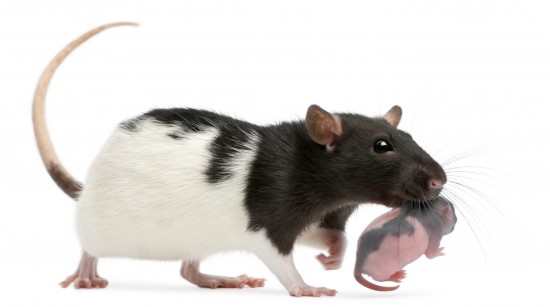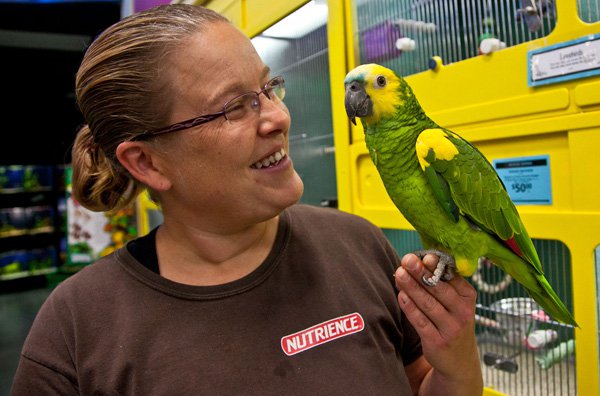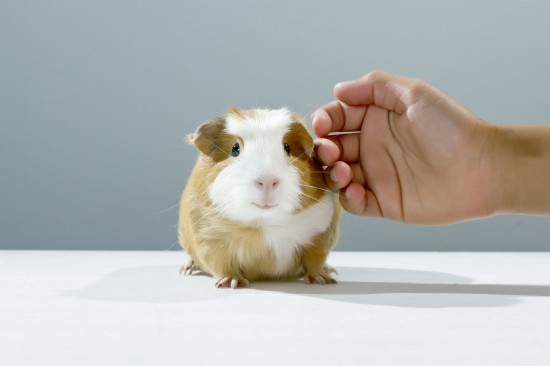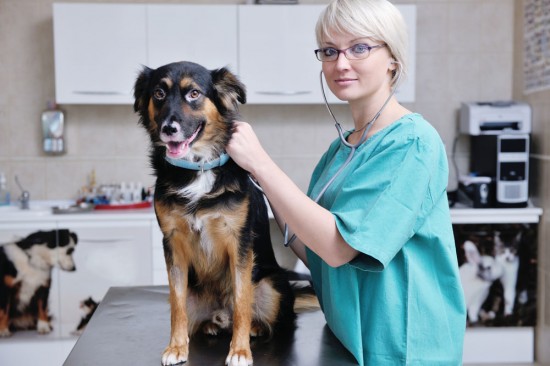

Domesticated, or Fancy rats as they are also known, can be bred from at a very early age. With rats living on average for two years many owners consider breeding their own litter of kittens - for showing, to continue a line or just to have baby version of their beloved pet. You must however seriously consider whether you can look after your litter, and plan accordingly.
Before you start planning you should seriously consider why you want to breed, and the possible consequences. There are many breeders with litters or rats that need rehoming, which may be an easier option if you are new to bringing up baby rats.
Looking after a pregnant doe and then the litter, is a big responsibility. Litters can range from 8 to 20 kittens, and you will need a lot of different cages to house them as they grow. You must also plan how you will home any kittens you cannot keep.
Does (female rats) should ideally be between 5-7 months when having their first litter. You should get your rat checked by a vet before embarking on breeding as you don’t want to breed on any health issues, or put your rat in danger. If your rat is old or has health problems, it may not be able to get pregnant – if it does, then it is not uncommon for the litter or even the doe to die. They also shouldn’t be overweight, as it can cause problems with the birth.
Temperament is extremely important. Well handled, friendly rats are perfect to breed from.
Bucks (male rats) are able to breed from 6 to 9 months. If you aren’t lucky to own a buck, there are many breeders online you can contact. A list can be found on the National Fancy Rat Society website. You can either buy a buck (it is better to buy two so they can live together), or talk to the breeder about taking your doe when she is in season to be mated. Make sure you see the buck beforehand, and any of his kittens to ensure he is the buck for you!
A good partner should have the following:
Firstly, you must monitor your doe to see when she is on heat. She will be on heat, and therefore happy to mate, every four or five days. She will tend to become excited and a bit jumpy. When you think she is ready, put her and buck together in a cage away from other rats. Some breeders only do this overnight, whereas others leave the pair together for 10 days to make sure she definitely gets pregnant.
If you also own the buck, make sure you wash him before putting him back with other bucks. The smell of a female on his fur can make them aggressive.
If your doe comes back on heat, then start the process again. If it is a success, you will have 21-23 days before the litter arrives.
During the pregnancy you will need to keep the same healthy diet as before, so she doesn’t become fat. It is unwise to handle her too much as some rats can absorb the litter. Allow her to exercise as usual, but make sure there are no objects in her way. She will become very large, and walking will be difficult.
During this time you must prepare the birthing cage. Doe’s prefer to be alone when they give birth, and you want to make sure it is easy to get access to her without disturbing her too much. A large, single level cage is ideal, with a top that has a wide opening. Plenty of bedding should be provided, so she can make her birthing nest. If you want to provide an igloo, make sure it breaks into two halves so you can open it after the birth.
A few days before she is due, move her into the birthing cage. You should make sure you research what to do when you can see the doe is ready to birth. In most cases it will only take an hour for all of the kittens to be born. Should you notice your rat is distressed or there is excessive bleeding you must seek veterinary advice. Do not touch the doe or kittens unless there is a problem. If you need to, make sure you rub your hands in the bedding so you smell of the doe.
When the doe leaves the nest to eat or drink this usually means that all of the litter have been born. Only check on them when the doe is outside of the nest. Rats can be very protective of their young Leave the mother with the kittens for the first few days. When the doe comes out to feed, remove her from the nest briefly so you can handle the kittens. After a few days she will become a lot calmer, so you can start to get the kittens all used to being handled, and check on their development.
At 4 to 5 weeks, move all of the buck kittens into a separate cage. They can move in with any other bucks you have, but make sure there is no fighting. The female kittens can stay with the doe, or move into the larger doe cage. If you plan to sell or rehome some of the kittens, keep them separately, split by sex.
Do your homework! Always make sure you speak and meet potential new owners. Many new rat owners would prefer to buy from you than a pet shop, as they can meet the parents and make sure they are in good health. Check out the guidance on buying a new pet before you sell or buy.
 Super Secrets For Repairing Your Dog-related Issues
Super Secrets For Repairing Your Dog-related Issues
Super Secrets For Repairing Your Dog-related Issues
Super Secrets For Repairing Your Dog-related Issues
 Why Does My Guinea Pig Try To Bite Me?
Why Does My Guine
Why Does My Guinea Pig Try To Bite Me?
Why Does My Guine
 7 Dog Breeds Perfect For Country Living
7 Dog Breeds Perf
7 Dog Breeds Perfect For Country Living
7 Dog Breeds Perf
 Poxvirus Infections In Birds
Poxvirus Infectio
Poxvirus Infections In Birds
Poxvirus Infectio
 Colitis In Dogs - Symptoms And Treatment
Colitis In Dogs -
Colitis In Dogs - Symptoms And Treatment
Colitis In Dogs -
Copyright © 2005-2016 Pet Information All Rights Reserved
Contact us: www162date@outlook.com